- Sorry, this product cannot be purchased.
A thought-provoking book that encourages repeated browsing.
Seasons
A stunning book exploring the cycle of seasons, the passage of time, the way people live, play, forget, remember… Through objects, places and actions, the world is revealed as both permanent and ever-changing.
-
Description
‘At first glance, this is a beautiful art book reminiscent of the children’s book illustration of the 1960s.
‘The most striking thing about it for me is that it forces you to slow down and to reflect on the associations within, which are not always immediately obvious. When you read the book as a whole, you really do get the sense that the world is both changing and unchanging. It’s a meditation.
‘The more times you read this book, the more you get out of it.’
Julia Marshall, publisher
-
Book Details
Country of Origin France Reader Age 5-7 year, 6-8 year Book Size ISBN
-
Reviews
Available worldwide from your local bookstore or online.

Subscribe to our newsletter/s
Hear from us about new books, guest recommendations, behind-the-scenes and competitions.

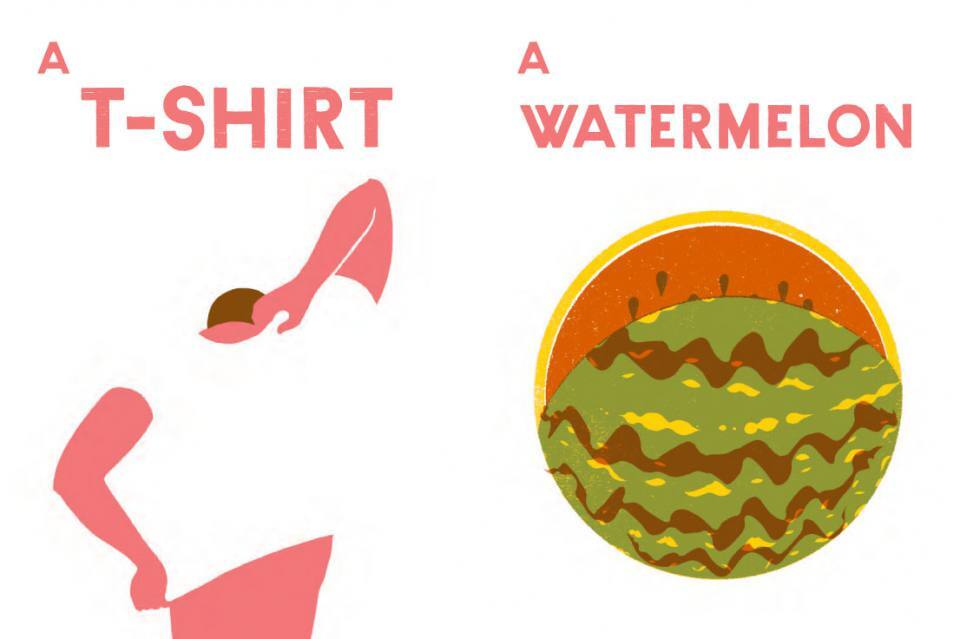

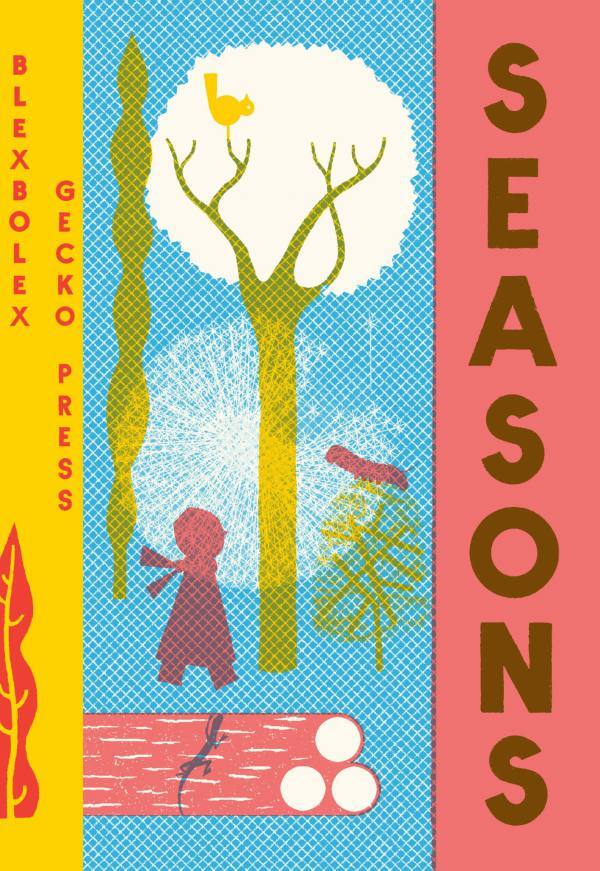
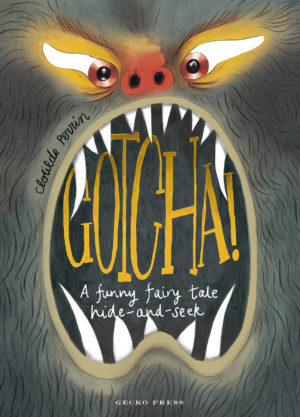
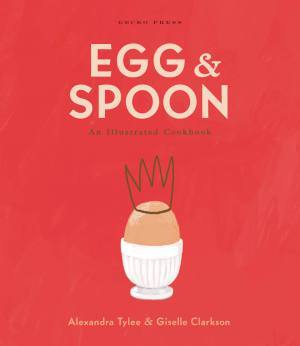
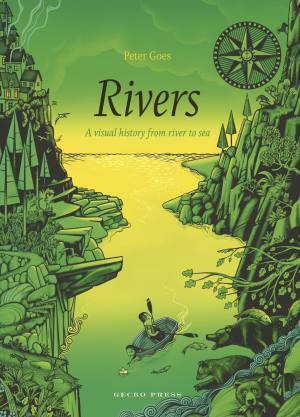



ABDA –
Minimal text, whimsical illustrations and beautiful design. I love so many things about this book – of course, the words and art, but also the tactile uncoated stock used for the pages, the swoon-worthy endpapers, the eye-catching cover and the cloth spine.
Armadillo Magazine (UK), June 2014 –
Something to relish across the generations … a delight to browse, yields to pondering, and deserves to be savoured.
Parents in Touch (UK), April 2012 –
The wonderful changes that make the seasons are evoked in this fascinating book. Not just an obvious look through the seasons in sequence, you will find yourself really pondering over where each picture fits in. Great for discussion and for garnering ideas for creative writing – give a child one of the pictures, ask them to write about it and see what happens!
Ziwi, January 2011 –
The changing of seasons is nature’s way of telling us that time is passing. Birds migrating in autumn, snow falling in winter and fruit ripening in summer. There are also more subtle changes that occur with the seasons. A traffic jam as everyone leaves the city to go on their summer holiday. The silence of a snowy winter’s day and the pleasure of walking through crunchy leaves in autumn. These quarterly encounters are reproduced in Blexbolex’s chic book Seasons. The book is simple in its layout – a picture and word (or two) per page which are so delectably presented they spring off the page like a firecracker. With aspirations of becoming a painter, French illustrator Blexbolex (Bernard Granger) discovered that his talents lay as a silk screen artist. Each image in Seasons is a cleverly crafted silk screen print, a technique that gives the book a retro 1960s feel. This continues the theme of Blexbolex’s earlier book L’Imagier des gens which used silk screen prints to portray vocations. Blexbolex cleverly weaves recurring images throughout the book showing that even though the seasons change, some things in life do stay constant. A red and white striped house can be spotted throughout the book as well as characters who consistently reappear. Seasonal changes are shown pages apart – the Blexbolex reader must be constantly alert to recognise the detail in his work. A juicy purple plum later becomes a withered prune. A man who is fishing at the beach later forgets his towel and an enticing blue puddle is soon leapt into. Seasons is as much of a joy to children as it is to art lovers. With its beautiful pictures and minimal words it allows the reader to imaginatively create their own seasonal story.
Magpies magazine, www.magpies.net.au, August 2010 –
This picture book uses the seasons of the year as a framework for hundreds of full-page pictures with single-word captions. The pictures are connected but it is up to the reader to decide how. The opening pictures, for example, show a bud a swallow, a seed and a shoot. The link to Spring is obvious but other connections can be made. Sometimes there is almost a story. ‘Cloud’ is followed by ‘hail’ but then comes ‘disaster’ with an orchardist looking at his damaged trees. ‘Fragrance’ (dangling flowers) is followed by a ‘sneeze’. This is a book which can be used to make associations, to spot links and to generate stories.
The illustrations are in Blexbolex’s distinctive retro style, inspired by old posters and picture books, with solid blocks of colour and patterns laid over each other. This gives Seasons a distinctive mid-20th century appearance which will be attractive to design students.
Gleebooks Gleaner, July 2010 –
The fact that the author/illustrator of this book has one name – Blexbolex – tells me he is part of a tradition of French cartoonists, and maybe street artists, who go by just a monomark. Which implies a kind of groovy edginess, and indeed this book has a particularly contemporary feel, not least because of the way the images have been created. My guess is they are gocco printed, or maybe monoprints, with flat colours, often overlapping to spectacular effect. A very modern, limited palette of unexpected colours also contributes to the handmade feel, which in turn contributes to the ‘book as object’ quality of the book. Each page has just one or a few words heading it in big block print, with a full page picture depicting the word. At first reading the words seem to have only the slightest relationship with each other, and yet there is a real sense of narrative achieved by the end of the book, showing the interplay of people and nature. Seasons is a curious book, and would be of interest to both children and adults interested in illustration techniques.
Northern News, June 2010 –
a bittersweet
meditation on the passage
of time and the everchanging
nature of life.
Screenprinted illustrations,
reminiscent of
children’s book illustration
of the 1960s, take
the reader on a sentimental
journey through
the seasons that is more
cryptic than cliche.
Canvas magazine, NZ Herald, May 2010 –
French cartoonist and illustrator Blexbolex (Bernard Granger to his family) assembles 176 pages of simple but striking images in this rumination on life and the passing of the seasons. Each of the retro-style illustrations in this hardback has a title in blocky pink capitals and is in some way associated with or suggestive of one of the four seasons. Some of the illustrations on opposite pages play off each other and at times seem unrelated or deliberately obscure. A thought-provoking book that encourages repeated browsing.
Melbourne Sunday Age, June 2010 –
French cartoonist and illustrator Blexbolex
has created a bright and curiously astute
picture book about the cycles of nature
and life. Sounds like heavy going for the
pre-six age group, right? Not at all.
Minimalist yet intriguing, this hardback
looks and feels like something published in
the late ’60s. His almost fluorescent
woodcut style and full-page illustrations
focus on the seasons with a pictorial
jumble of animals, vegetables, hobbies,
emotions and acts of nature all playing a
role in the ‘story’. The text, spread large
across the top of each page, is brief and
slightly baffling as Blexbolex goes from
A Skier, An Ice Skater to A Slip and further
on An Accident, which shows a car
smashed into a tree, then suddenly,
Haybales. There’s no right way to read this
book, flicking through it almost feels like a
meditation, but for young readers the joy
will be in Blexbolex’s vibrant illustrations.
Taranaki Daily News, May 2010 –
This is another example of a publication masquerading as a children’s picture book. It is, in fact, aimed pretty fair and square at the sophisticated, mature first-time parent or grandparent. The artiste (he is French) was born Bernard Granger and his background is in screenprinting, comic art and illustration. So each page has a word and a stylised, flat, primitive art interpretation of that word – from prune (a single, rather large prune), to pleasure (small child walking amongst autumn leaves), to picnic (folk art interpretation of the famous masterpiece by Manet, Le dejeuner sur l’herbe).
It is a lovely hardback with an old-fashioned binding in linen and a style that is reminiscent of the 1950s and ’60s. Its value with young children would be dependent on a high level of communication and interpretation by the companion adult and plenty of questioning and focussing. But it is a lovely book no matter the age of the reader. It may even be said to justify a place as a witty coffee-table book.
Around the Bookshops, May 2010 –
At first glance this seems to be a book about seasons and the passage of time but the more the incredible illustrations are studied, the more stories and ideas are revealed. Blexbolex is a French artist who has won numerous awards for his work and has a wicked sense of humour which shows through in his illustration for the word ‘picnic’. I will never be able to look at Manet’s Luncheon on the Grass again without a smile. There is something here for everyone from very small children to art students and, in my opinion, the book is the ultimate discussion starter. Recommended.
ProDesign, April 2010 –
I liked this book before I’d even got it open; before I’d even deciphered what it was about. The author’s name – Blexbolex – had just the right amount of Gallic mystery, a hint of Asterix and Obelix, a dash of Dogmatix. However, apart from its overwhelming French-ness, Seasons is almost incomparable to anything produced by Goscinny and Uderzo. There is one similarity though, charm. This is an exquisitely charming book, and Julia Marshall, publisher at Gecko Press should be commended for bringing it to us… Many authors have tried to bridge the literary divided between child and adult, but this book actually comes pretty close, and it does it with a brevity of text that is quite fantastic. With Seasons there was never going to be a real issue with reading. On most pages there are only two words, and in many cases one of those words is ‘A’, in front of a seasonally derivative place, object or emotion. Mostly, what impresses is the resonant ligne claire illustration, the evocative imagery and, because of the high production values, the feeling that you have something lasting at hand.
‘Life’ magazine, Dominion Post, March 2010 –
Blexbolex has not only got a brilliant name, he’s got one very vivid imagination. The award-winning French-born illustrator is an exponent of ligne claire illustration, and is inspired by the films of Jacques Tati and whodunnits of the 1950s and 1960s. His latest work is a case in point.
‘Viva’ magazine, NZ Herald, March 2010 –
Celebrate your inner child with this beautiful new book from award-winning French comic artist and illustrator Blexbolex. For people aged ‘0 to infinity’, the book features colourful illustrations that explore the cycle of the seasons and the world around us – from ‘foliage’ to ‘contemplation’ to a spider’s web to ‘profusion’ and more. A great fun learning tool for children, the book and bold illustrations will also excite design and art lovers alike.